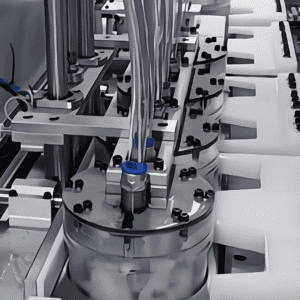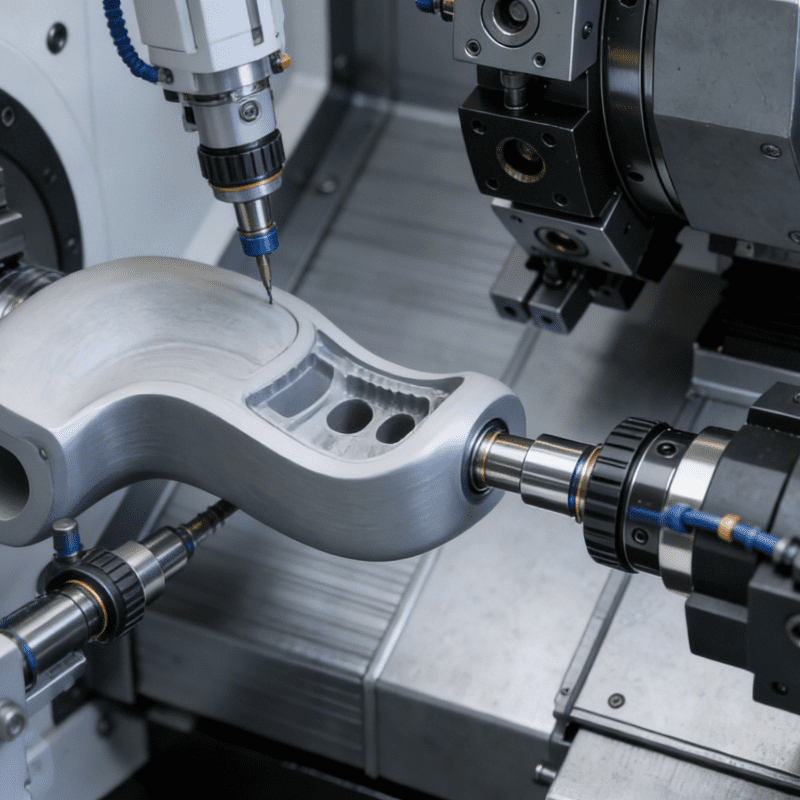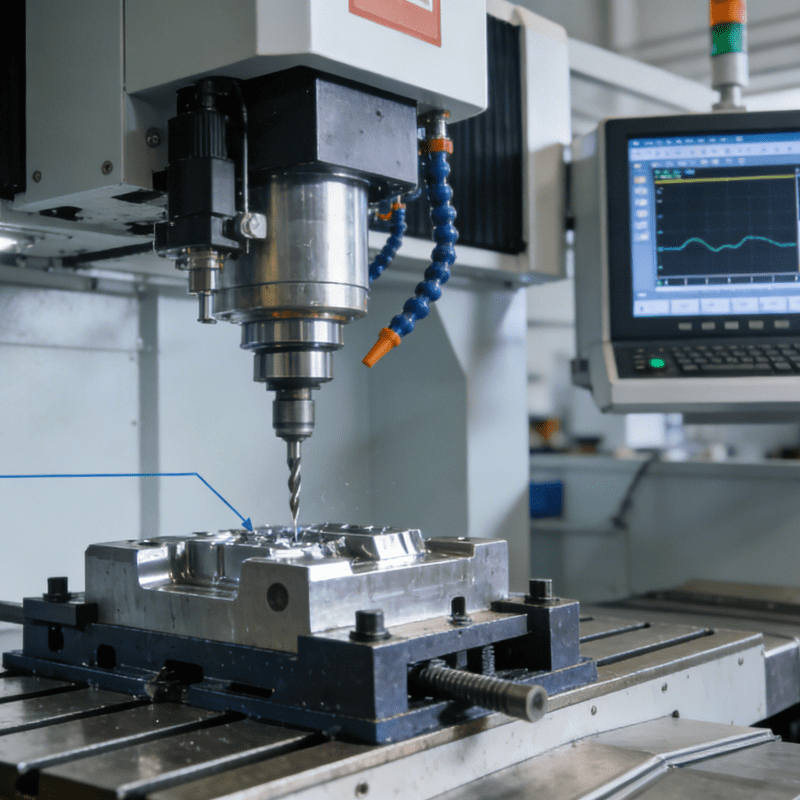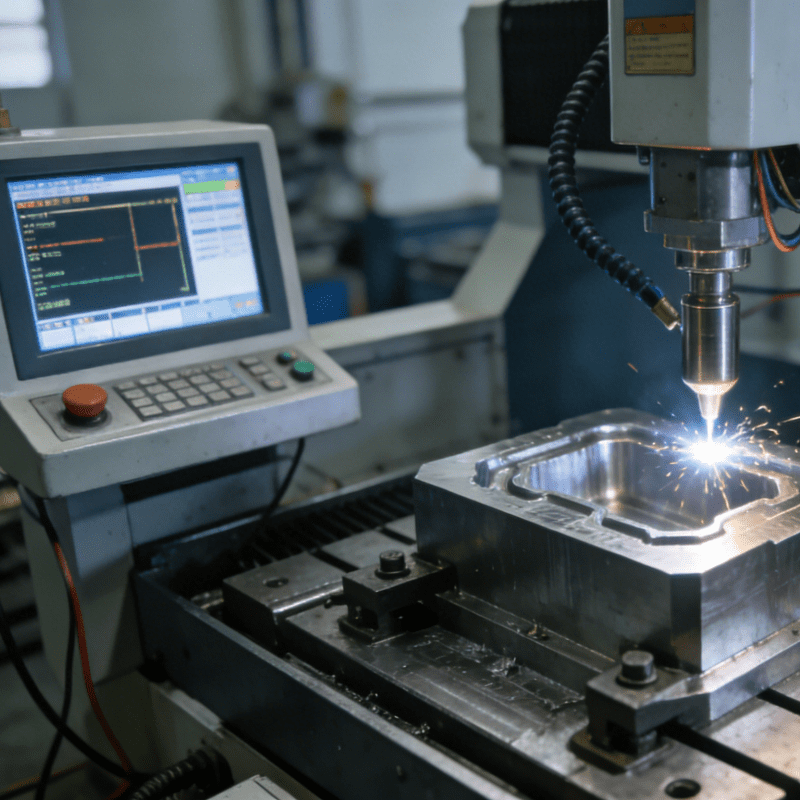
Laser Cutting: An Effective Solution for Flexible Materials
Laser cutting can effectively avoid the above problems. Laser cutting of flexible materials uses a high-energy laser beam to instantly heat the material, causing local melting or vaporization to achieve cutting.
The Broad Scope of Flexible Materials and Their Cutting Challenges
Flexible materials cover a relatively wide range. Textiles with exquisite patterns and complex textures, rubber that is wear-resistant, flexible and strong, and plastics that are easy to shape and have a wide range of uses all belong to the broad category of flexible materials. The cutting of flexible materials is naturally a relatively extensive topic, as different flexible materials face different difficulties during processing.
Fabric Cutting Difficulties with Traditional Methods
For example, in fabric cutting and pattern processing, due to the soft and deformable nature of fabrics, using contact mechanical processing may lead to errors because the fabric deforms under stress. At the same time, during mechanical shearing, there is a possibility of burrs or damage to the fabric. Since fabrics usually have a low ignition point, plasma cutting may easily cause thermal shrinkage around the chemical fiber cut pieces under high temperature, resulting in adhesion of cut pieces, reduced size, or even scorching or discoloration, which affects the overall appearance.
The Mechanism of Laser Cutting for Flexible Materials
Laser cutting can effectively avoid the above problems. Laser cutting of flexible materials uses a high-energy laser beam to instantly heat the material, causing local melting or vaporization to achieve cutting.
Advantage 1: No Mechanical Pressure Ensures Precision and Quality
Since laser processing of fabrics involves no mechanical pressure, there is no need to consider the problem of extrusion deformation. The cutting can be precise and reliable with standard dimensions, and the cut has no burrs or loose threads, making it possible to achieve complex and delicate fabric structures.
Advantage 2: Superior Focusing Prevents Thermal Damage
The laser has excellent focusing properties, enabling cutting at the micron level. Therefore, the impact of high temperature will not spread, which can avoid the problem of fabric yellowing and hardening, while ensuring the smoothness and precision of the cutting edge.
Advantage 3: Shortened Cycles and Support for Customization
In addition, traditional cutting and tailoring equipment have relatively long design and production cycles. For laser cutting, software nesting can be used directly to complete the process in one step. Many nesting software support various automatic nesting functions, and the feeding and receiving processes are short, meeting the needs of personalized customization.
Advantage 4: Multi-Layer Processing and Process Integration
To prevent fabric displacement, mechanical cutting can often only perform single-layer cutting. Laser cutting can achieve multi-layer parallel processing, and can automatically cut fabrics into units of different shapes and sizes according to needs. If batch modifications to the design are required, it is very troublesome for traditional cutting, but laser cutting can easily complete the process by combining with a visual recognition system. At the same time, laser cutting equipment can also be integrated with processes such as glue dispensing and line drawing on the same laser equipment, saving lengthy production processes.
Wide Applications of Laser Cutting in Flexible Materials Across Industries
Due to the above advantages, lasers have been widely used in flexible materials in many fields. In the textile industry, laser cutting can accurately process various textile materials such as silk, nylon, leather, neoprene, polyester and cotton, achieving high-quality cutting and sewing whether for clothing or home textiles. In the rubber products industry, laser cutting can be used to cut sealing rings, rubber gaskets, etc., improving product precision and quality. In the plastic products industry, laser cutting can be applied to the cutting of plastic sheets, pipes, molds, etc. In addition, laser cutting of flexible materials can also be used in automotive interior parts, electronic products, medical devices and other fields.
It is expected that laser cutting can be adapted to more flexible materials, and that more cutting equipment that can adapt to the characteristics of flexible materials will be developed.
In which industries’ manufacturing processes do the advantages of flexible automatic assembly equipment stand out more prominently?
What are the development trends of flexible automatic assembly equipment?



















